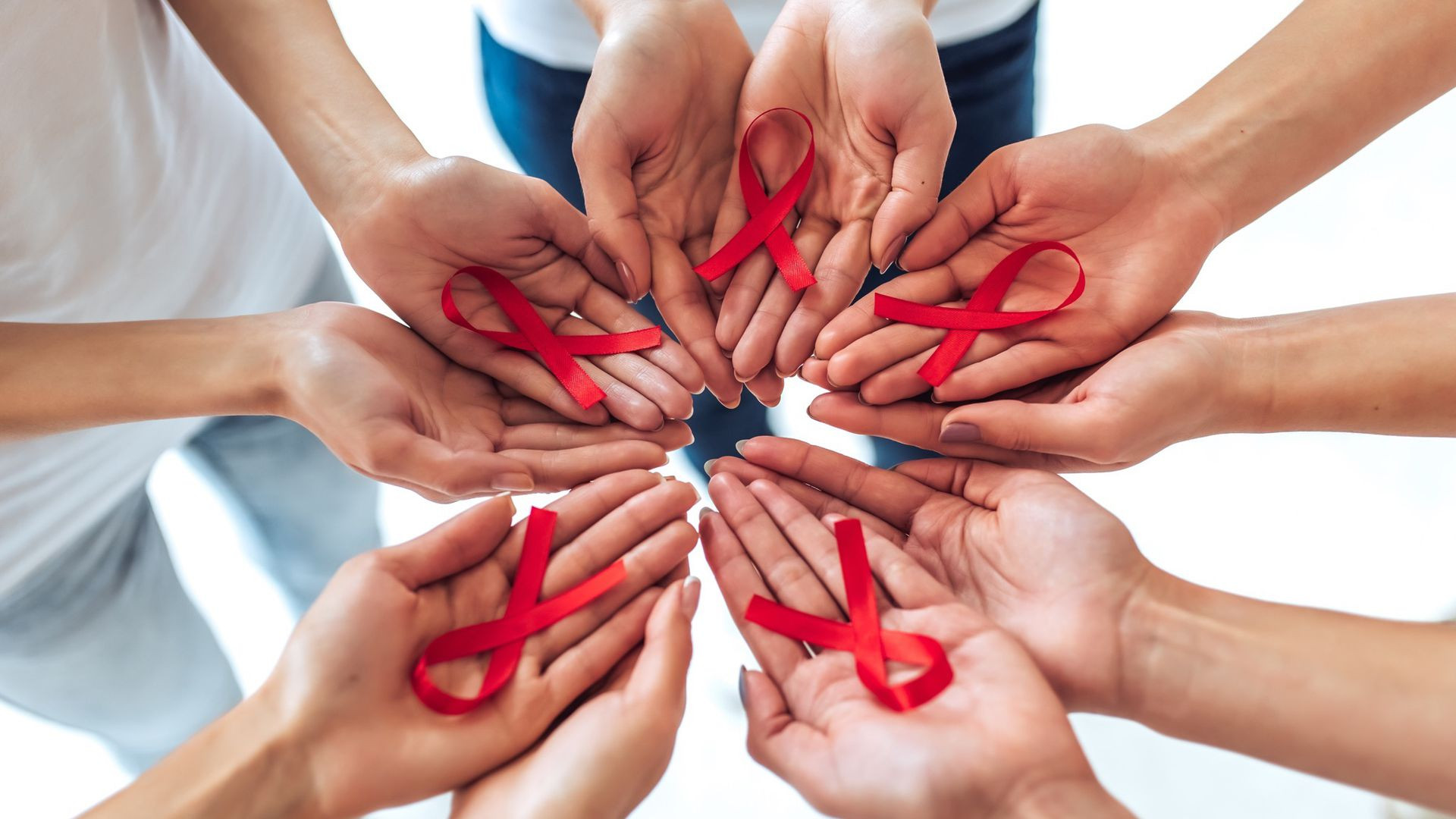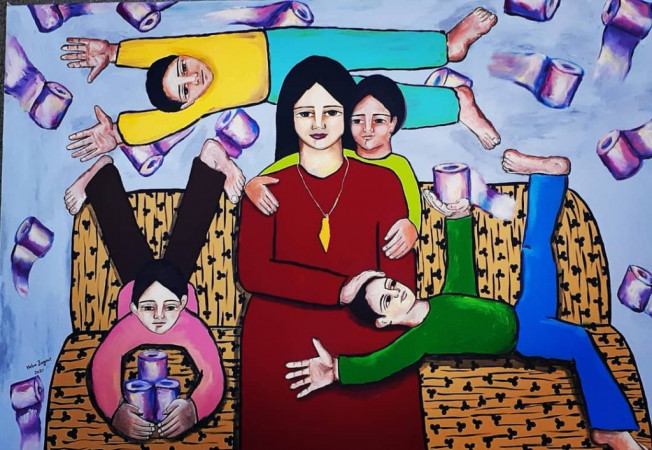A Second HIV Patient Has Gone Into 'Long-Term' Remission
In the history of the HIV pandemic, only one patient had ever successfully shown the most common strain of the virus
05/Mar/19
10358
In the history of the HIV pandemic, only one patient had ever successfully shown the most common strain of the virus, HIV–1, could be put into remission. Until now.
 Vasyl Dolmato/Getty Images
Vasyl Dolmato/Getty Images
After more than a decade – and with over half a trillion US dollars spent on HIV/AIDS research this century – we finally know that this incredible result can be replicated.
For only the second time ever, a patient has experienced sustained remission from HIV–1 infection after being treated with stem cell transplants, scientists report in a new paper due to be published in Nature.
It may have been 12 years since the famous 'Berlin patient' made history by becoming the first person to sustain HIV–1 remission without receiving anti-retroviral (ARV) drugs, but the newly announced case of an anonymous male British patient demonstrates the first result was not unique.
"By achieving remission in a second patient using a similar approach, we have shown that the Berlin patient was not an anomaly, and that it really was the treatment approaches that eliminated HIV in these two people," says virologist Ravindra Gupta from University College London.
The Berlin patient was actually an American (real name: Timothy Ray Brown) diagnosed with HIV while living in Germany. In 2007, he received a rare form of bone marrow transplant involving haematopoietic stem cells to treat his leukaemia.
Unexpectedly, the stem cell treatment – from a donor with a mutation of the CCR5 gene, which is a co-receptor for the HIV–1 infection – ended up with Brown's HIV going into remission, where is has remained ever since.
For this reason, he's often described as being the first patient 'cured' of HIV, although technically that's incorrect, since remission and cures are not the same thing (as sometimes remissions are not complete, if the viral load stages a resurgence).
In the new case, now dubbed the 'London patient', the anonymous male also received a stem cell treatment from a donor with the same CCR5 gene mutation, this time while being treated for Hodgkin's lymphoma.
Sixteen months after the procedure (which notably didn't include radiotherapy, unlike the Berlin patient), the London patient discontinued ARV drugs (aka ART therapy), and has currently been in HIV remission for over 18 months.
That's too soon to say he's been fully cured, the scientists warn, but it's nonetheless a hugely promising step that teaches us more about how the Berlin and London patients are keeping HIV at bay.
"This is a long time to be in remission off ART, so this is exciting," infectious diseases expert Sharon Lewin from the University of Melbourne, who wasn't involved with the study, explains.
"Coming 10 years after the successful report of the Berlin patient, this new case confirms that bone marrow transplantation from a CCR5-negative donor can eliminate residual virus and stop any traces of virus from rebounding."
Doctors say they'll need to keep monitoring the London patient to see how his condition develops from here, and point out that this treatment would not necessarily work with all patients – not to mention that the donated stem cells used in this case are very rare, owing to the specific CCR5 mutation involved.
Nonetheless, future research into how this HIV receptor functions could bring us a lot closer to an eventual cure for HIV, which currently infects around 37 million people worldwide.
"This second documented case does reinforce the message that HIV cures are possible," says infection and immunity researcher Anthony Kelleher from UNSW in Australia, who wasn't involved with the study.
"This tells us that the feasibility, and importantly, the availability of delivering this approach could possibly be achieved by the rapidly accelerating field of gene editing and related gene therapies. However, there are still significant hurdles in this field as well."
Source: Sciencealert.com
Powered by Froala Editor



